It’s hard not to love a delicious fish supper. But there are a few fish in the ocean that should never go near your dinner table for reasons such as health hazards and unsustainable fishing practices. Here are a few of them you need to strictly steer clear of.
Orange Roughy
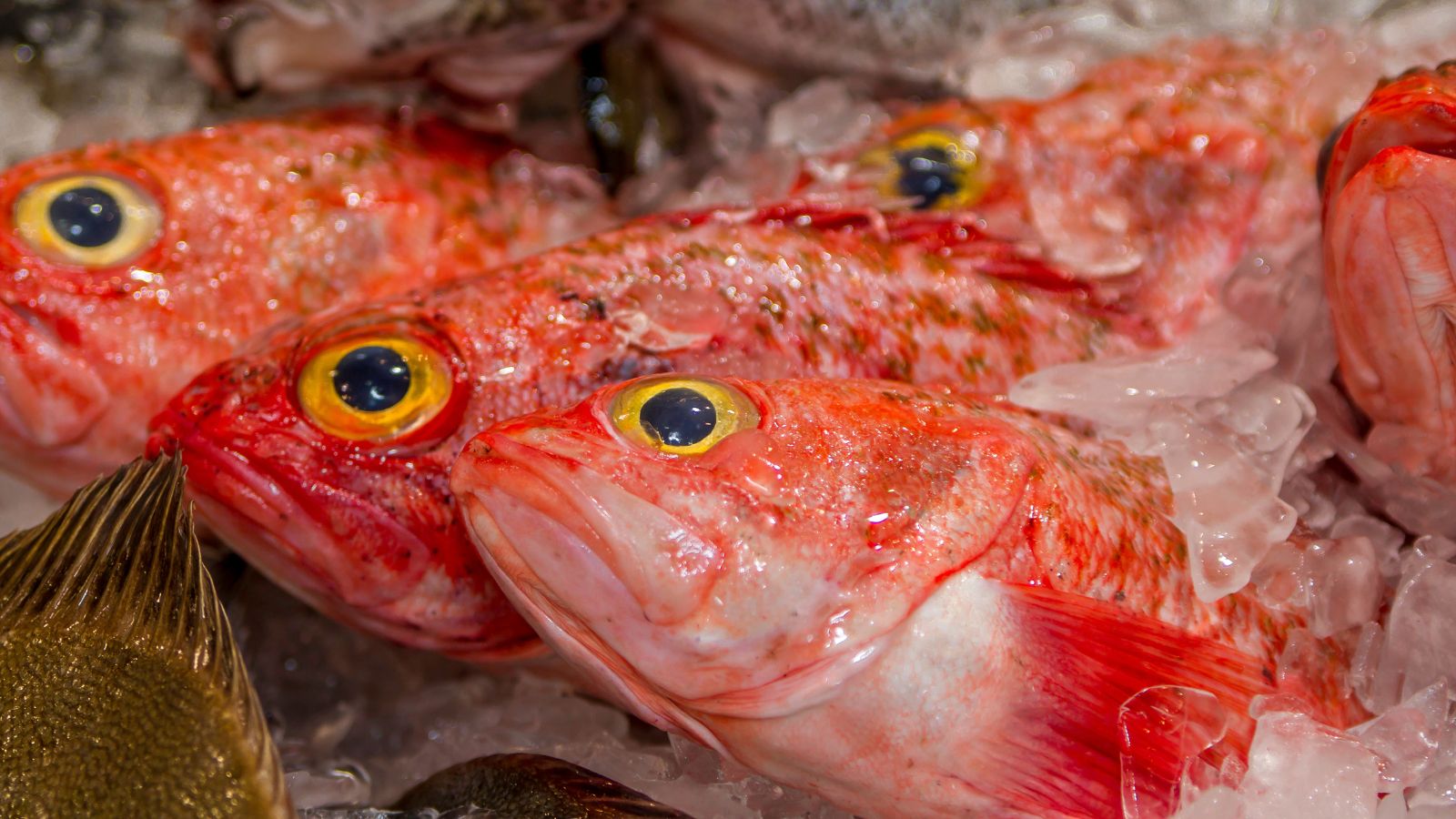
The orange roughy’s long lifespan and high sexual maturity make it easy to repopulate. However, this has made it a big target for fishermen who have overfished it substantially, overcompensating for these facts. Now, it’s a vulnerable species that should not be eaten.
Shark

Sadly, populations of sharks have suffered declines of 71% over the past 50 years, according to The Shark Trust. This horrendous level of overfishing is only going to get worse if people continue to eat those creatures, so make sure to do the right thing and avoid them.
Atlantic Bluefin Tuna

The sushi market has left the Atlantic Bluefin Tuna almost extinct. Yet fishermen are still looking for them in the ocean. So, the more sushi you eat with this fish as an ingredient, the more you’ll be contributing to their potential extinction, so don’t!
Swordfish
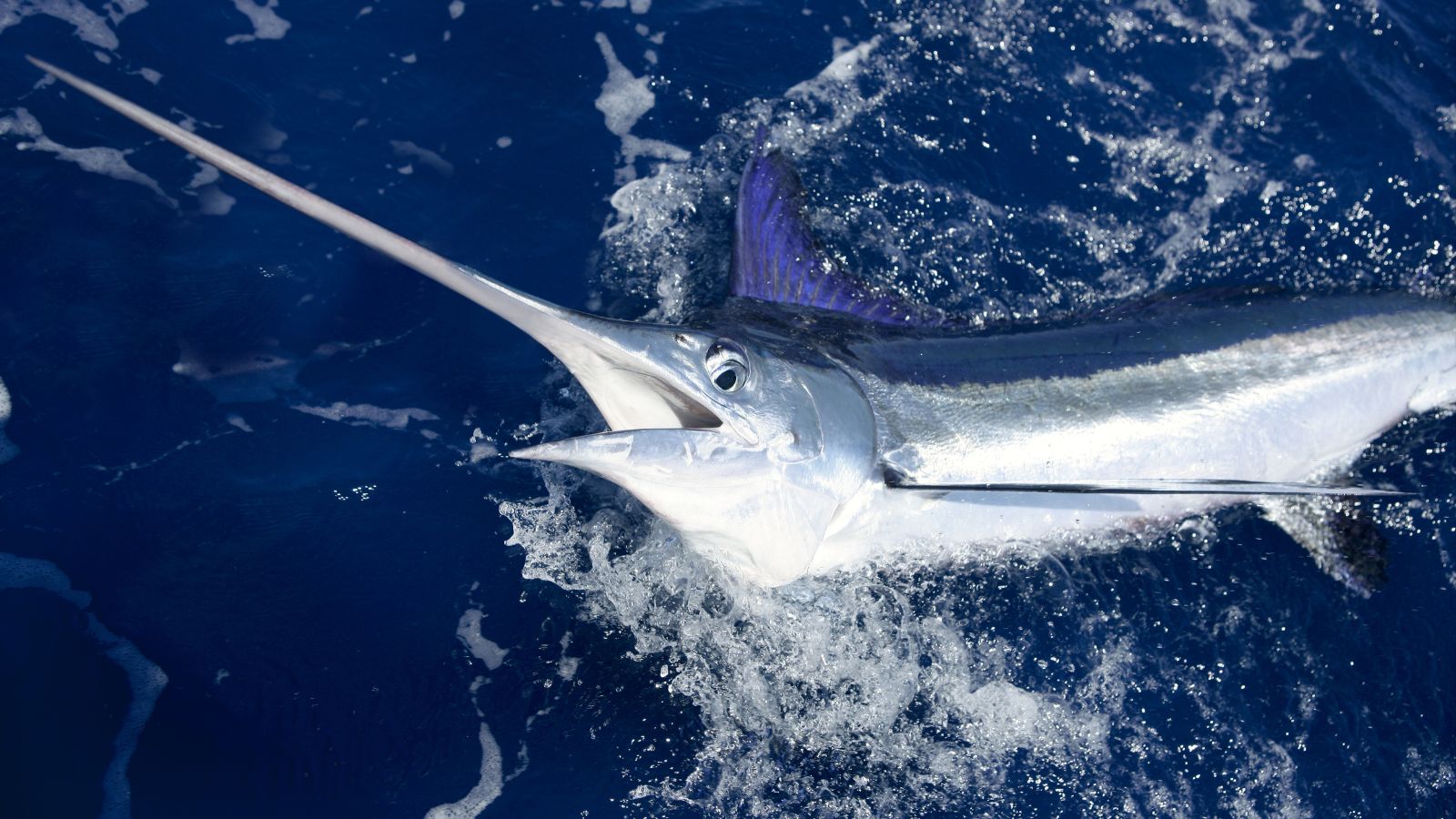
Not only is it unsustainable to eat swordfish, but this species of fish also contains some of the highest levels of mercury in the ocean. This can lead to serious health complications in those who consume it, so it’s really not worth the risk.
King Mackerel
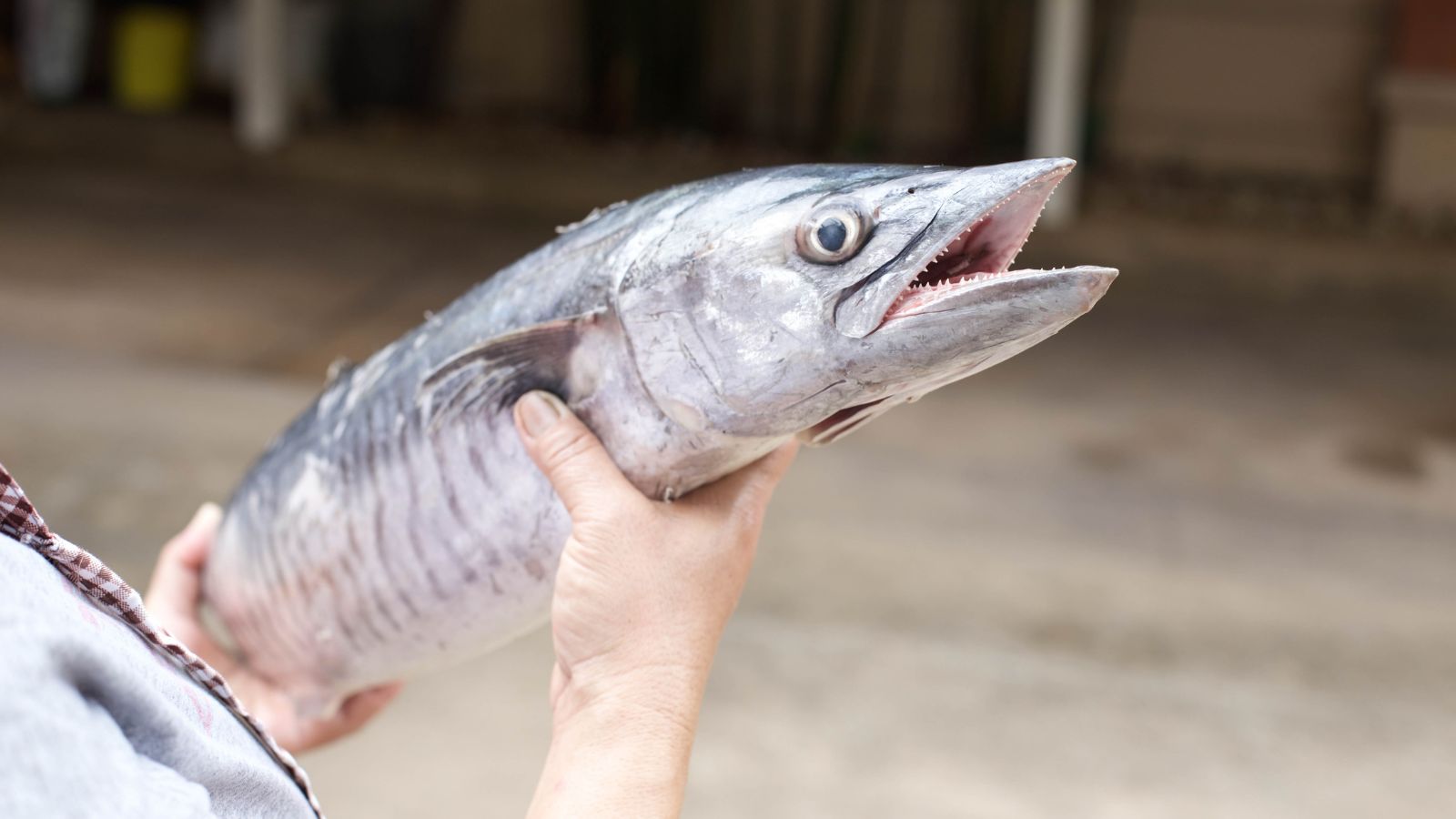
Another fish that contains high levels of mercury (which can be harmful to children and pregnant women) is the King Mackerel. As a result, health agencies recommend avoiding its consumption altogether. On top of that, it’s typically caught using unsustainable fishing methods, so steer clear!
Grouper
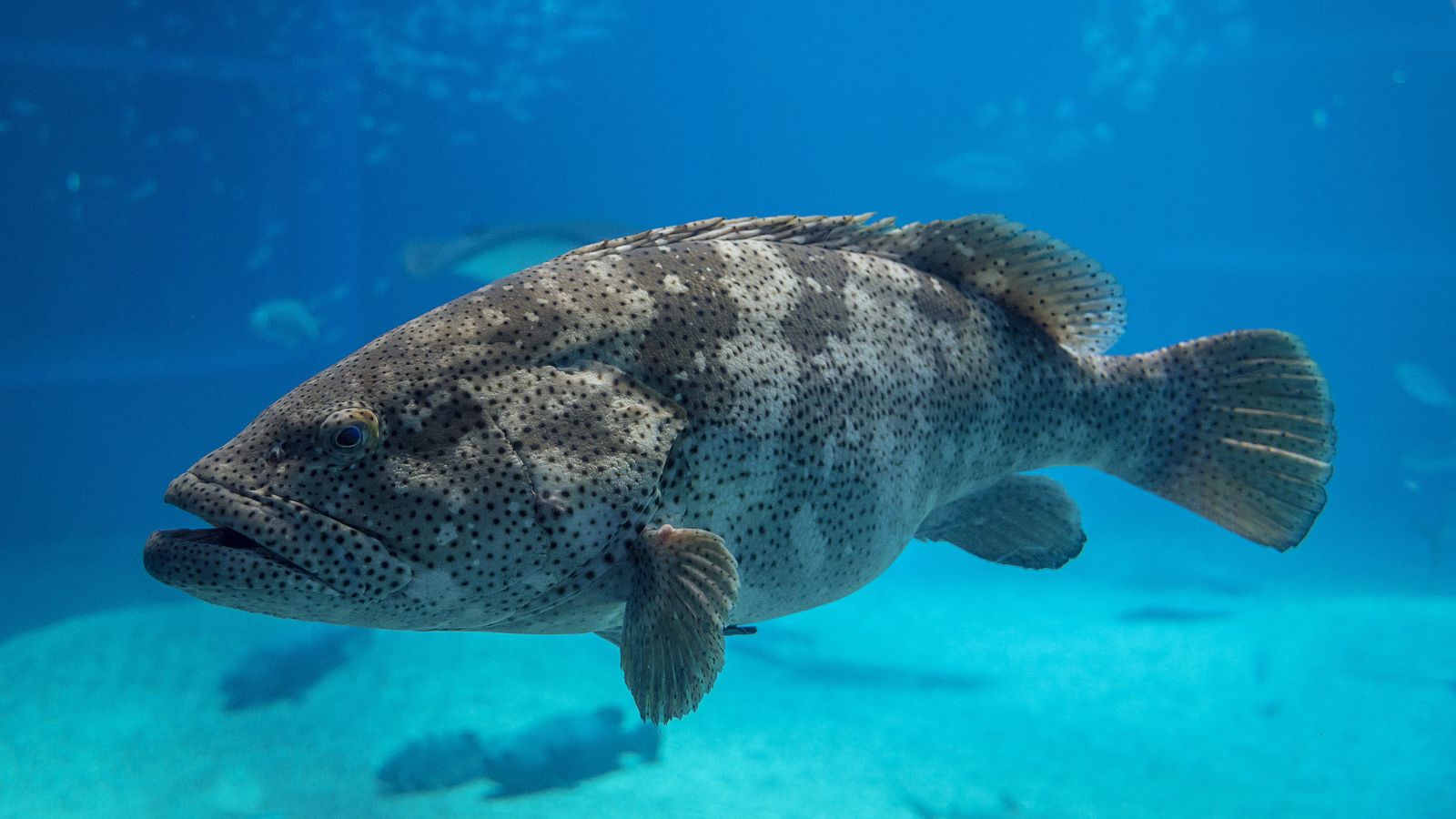
The grouper is a great fish to eat if you’re 100% sure it’s been caught sustainably and from a safe location. But this is nearly impossible most of the time, so it’s better to avoid it. It’s also common for seafood fraud to happen with groupers, with other fish being wrongly labeled as them.
Chilean Sea Bass

According to Food Republic, 60,000 metric tons of poached Chilean Sea Bass are sold on the market every year, which is extreme overfishing. The lack of sustainability is bad enough in itself, but did you know that this fish also contains elevated mercury levels? Not good!
Imported Shrimp

Okay, so this is not technically a fish, but it’s worth pointing out that it’s a good idea not to eat imported shrimp. They’re often raised in very poor conditions, which are morally ambiguous at best and dangerous at worst due to contamination.
Tilefish

Although this fish is particularly popular in Mexico and the southern part of the U.S. because it is commonly found in the region’s oceans, it’s recommended that you do not eat it. It has high mercury levels and poses further health risks due to bioaccumulation.
Tilapia

Concerns have been raised about farming practices for tilapia because of the overuse of antibiotics and the poor conditions in which they are held. That’s enough reason not to eat them alone, but it’s also true that they’re less nutritional due to their inflammatory potential.
Eel

Vietnam.vn warns us that eels’ digestive systems can be infected with bacteria and parasites. Do you really want to risk it and end up ill as a result of eating them? It’s certainly dangerous to do so unless you’re 100% sure it’s been prepared correctly.
Imported Catfish
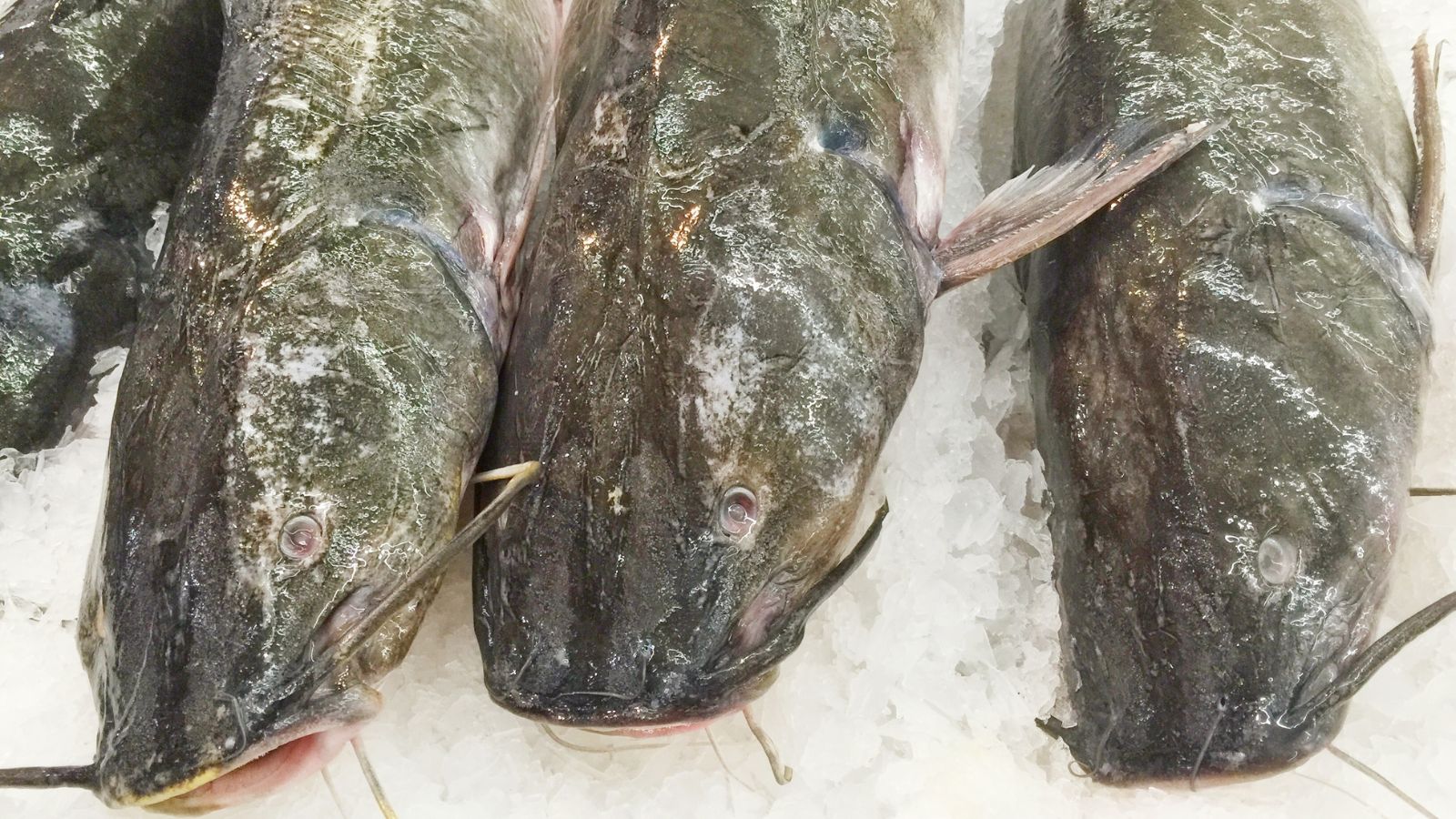
We’ve already discussed how mislabelling can be dangerous to those consuming fish in this slideshow, and another common victim is the catfish. This fish can also carry contaminants that would be harmful to your health, and farming practices are less regulated in the countries where they’re farmed.
Atlantic Cod

Cod is one of the most popular fish to eat in many Western countries, and this has led to severe overfarming over the years. The Atlantic Cod has seen very serious population declines, but there’s no sign of the overfishing letting up any time soon.
Red Snapper

The Red Snapper is one of the most frequently mislabeled species of fish, with their mislabelling rates possibly being as high as 77%, Frontiers informs us! This has serious implications for the health of the consumer, as contaminants, allergens, and more can be covered up.
Imported Farmed Shrimp
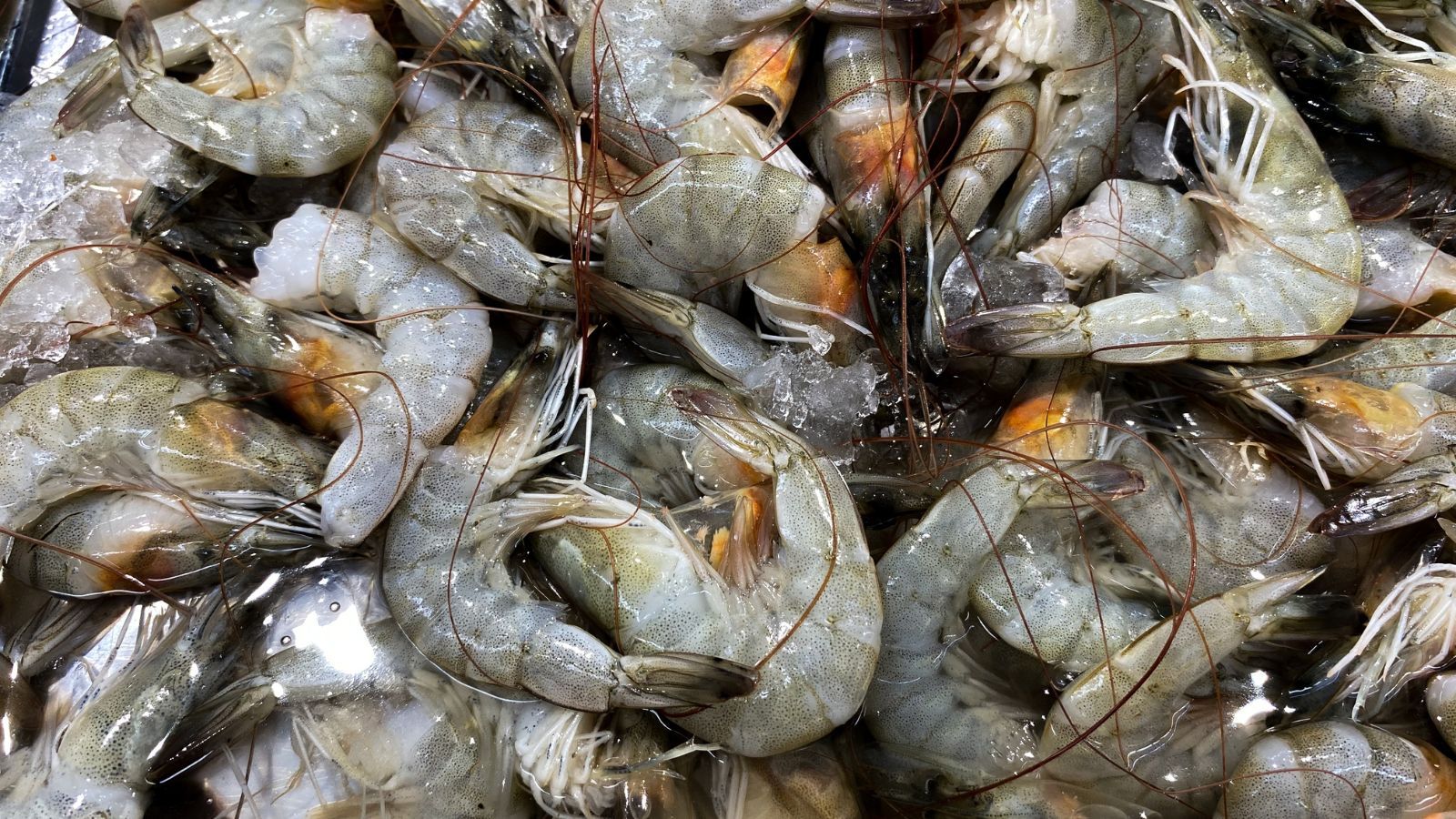
We’ve already discussed how imported shrimp are bad, but it’s even worse to eat imported fish that have been farmed. There’s a high likelihood that dangerous chemicals will be used in their farming, which will, of course, be consumed if you eat these shrimp.
Mussels
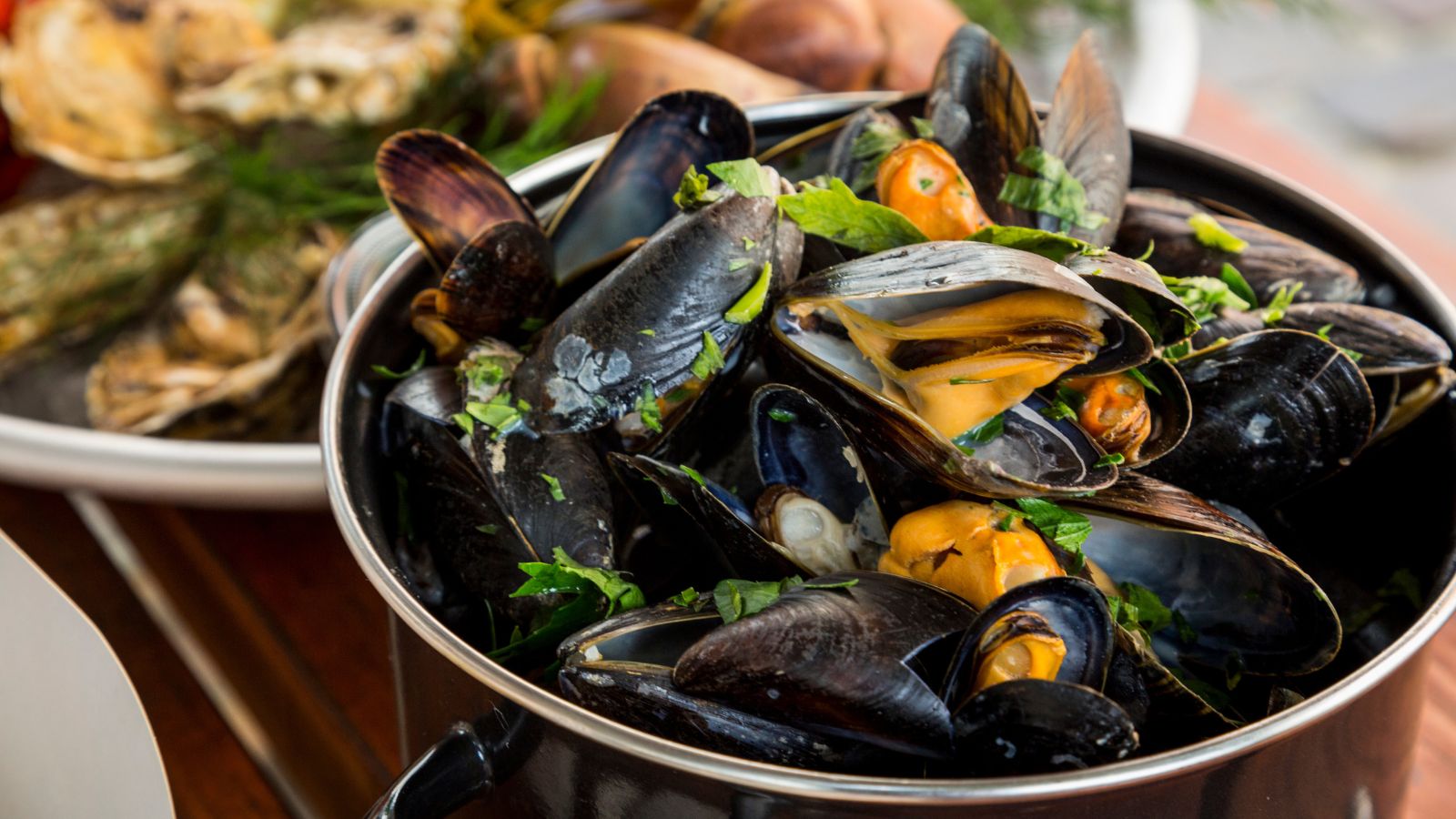
Again, we’re not strictly talking about fish here, but mussels are worth mentioning. They can be sustainable, but they can contain harmful bacteria if they’re not properly handled, and you’d be surprised how often this is the case.
Pangasius
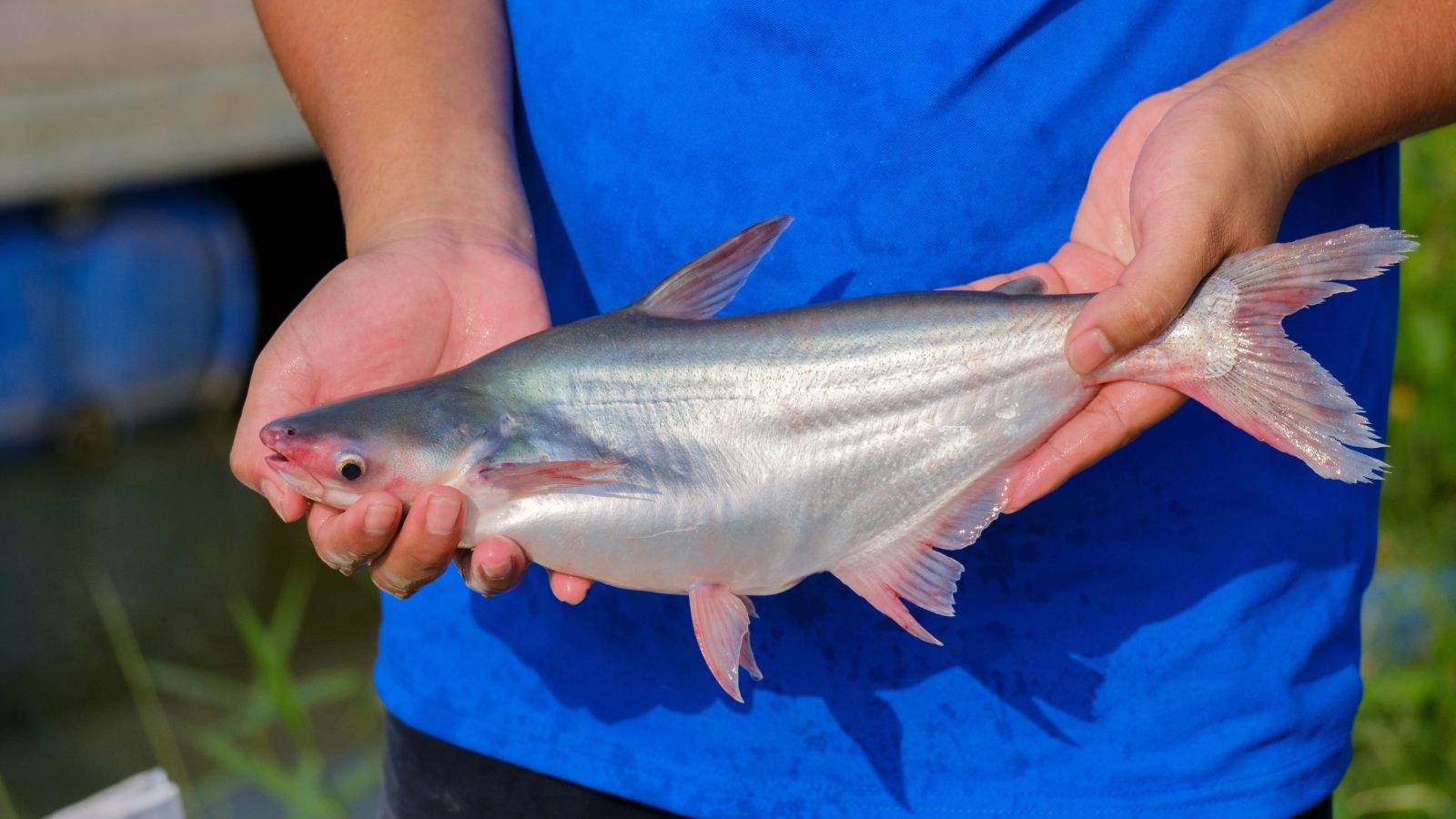
Earlier on, we mentioned that other fish were typically sold as catfish due to dangerous mislabelling, and one of those fish is the pangasius. This fish is notorious for being farmed unsustainably and is often full of antibiotics. Always check the labeling of your fish.
Up Next: 18 Worrying Facts About Life in Medieval Times

The Middle Ages, also known as the medieval period, lasted from 500 AD to 1500 AD and is usually subdivided into the Early, High, and Late Middle Ages. Life in the medieval period was often brutal, with gruesome punishments, wars, and plagues. Here are 18 terrifying facts about life in the medieval period.
18 Worrying Facts About Life in Medieval Times
19 Easy Ways to Fall Back Asleep After Waking Up in the Middle of the Night

We’ve all been there—it’s dark, quiet, and you’re tired, but you’re still constantly tossing and turning, only to finally fall asleep minutes before the alarm goes off! Waking up throughout the night isn’t just frustrating; it also seriously impacts your energy levels. This article focuses on 19 scientifically proven methods that may help you drift back off more easily.
19 Easy Ways to Fall Back Asleep After Waking Up in the Middle of the Night
17 Things That Are Too Woke For Boomers

Our society is so different from what it was decades ago, and boomers don’t like much of what everyone considers normal in today’s society. In this light, here are 17 things about ‘woke culture’ that particularly make boomers uncomfortable.

